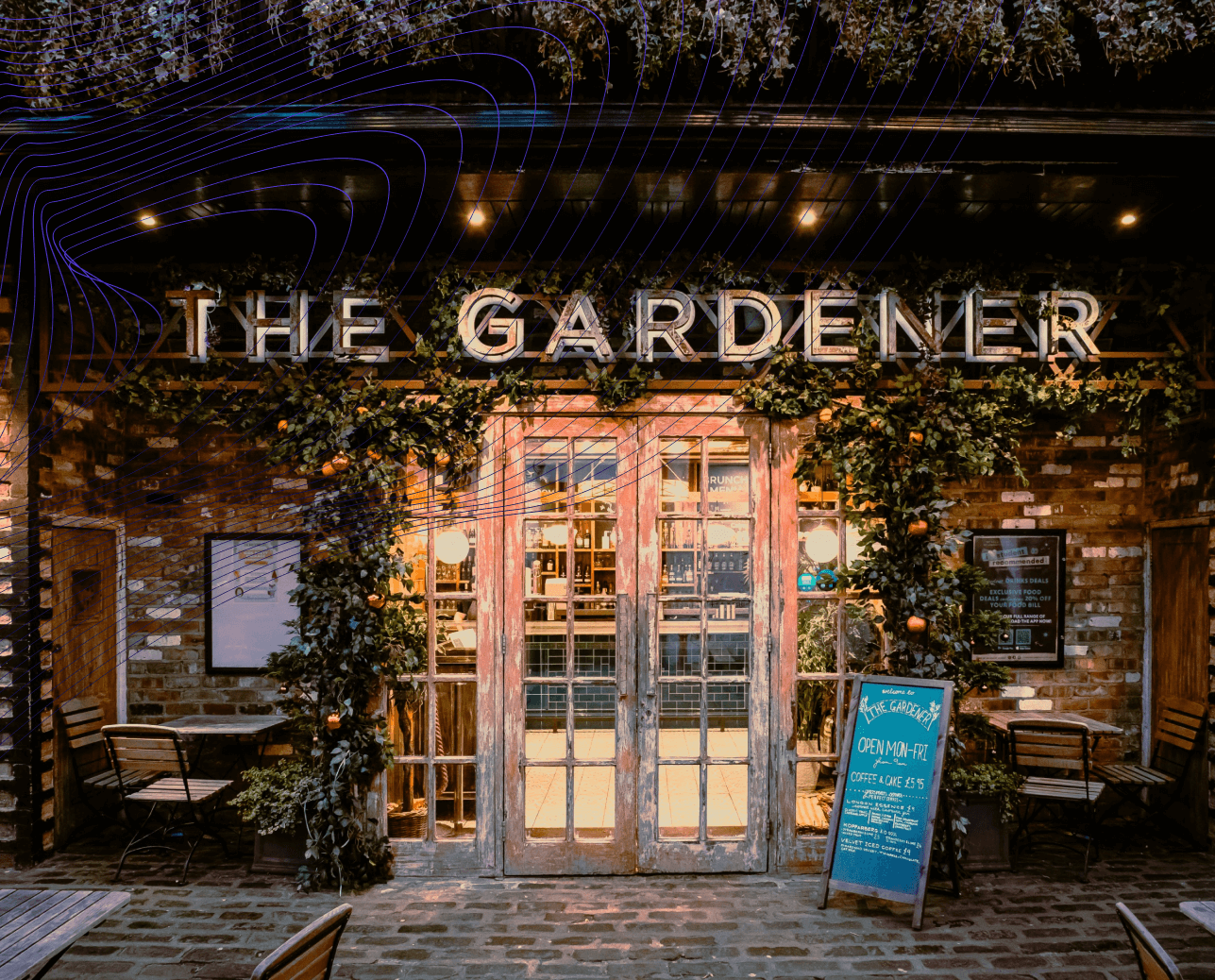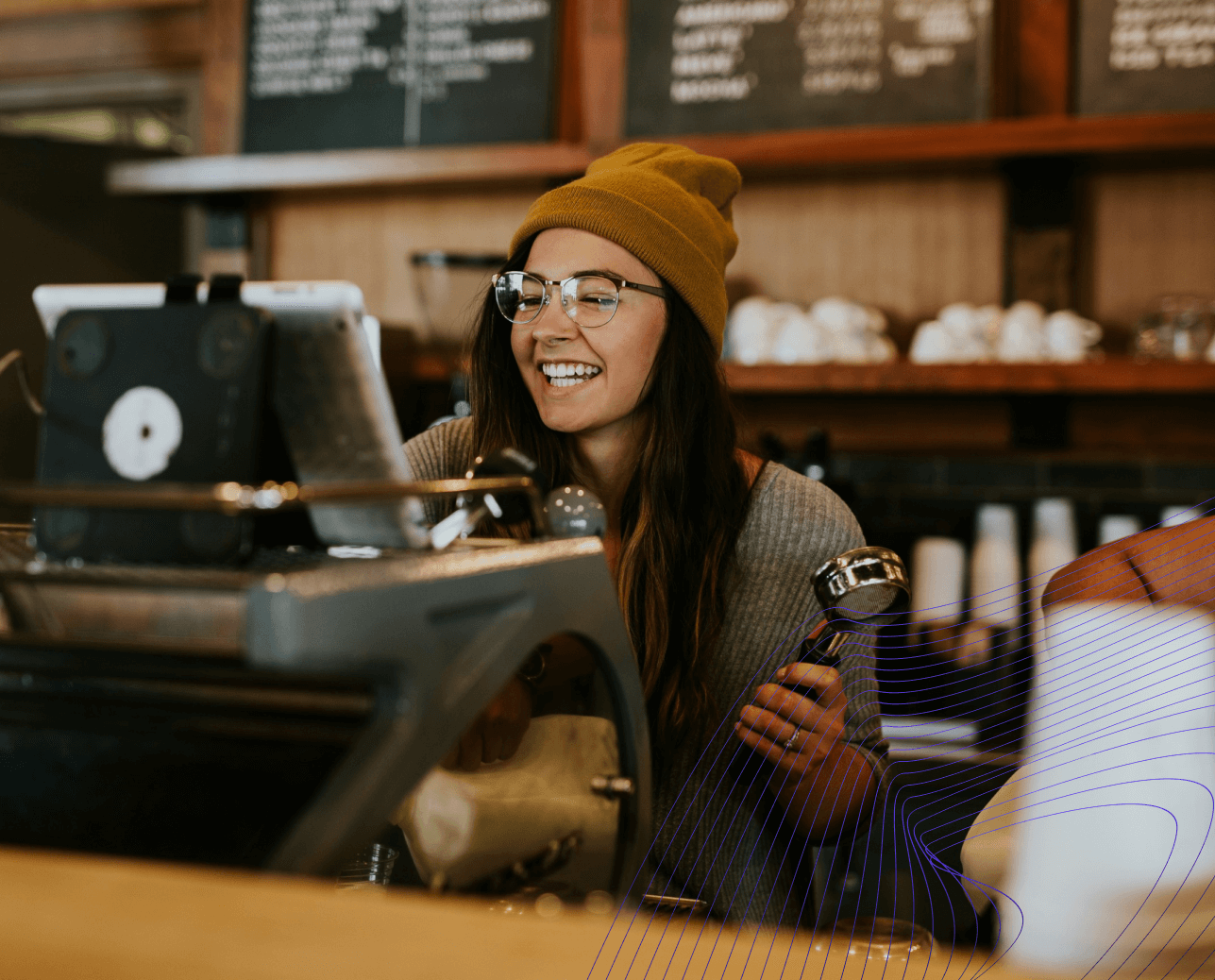How to Open a Bakery?
This guide will walk you through the essential steps to open a bakery shop, from initial planning to the grand opening. Whether you’re a first-time entrepreneur or an experienced business owner, these insights will help you navigate the process and achieve your dream of opening your own bakery.

Planning Your Bakery Opens
Proper planning is crucial to the success of opening up a bakery. This section covers how to research the market, create a business plan, and choose the appropriate business structure.

Research the Market
Understanding your target market, identifying your competitors, and analyzing industry trends are crucial for positioning your bakery for success.
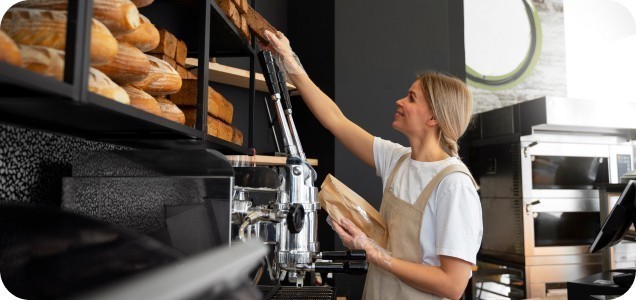
Steps to Research the Market
To effectively research the market, you should follow these steps:

Step One: Identify Your Target Market

Step Two: Analyze Competitors

Step Three: Stay Informed on Trends
Following these steps will provide you with a comprehensive understanding of your market and help you position your bakery effectively.
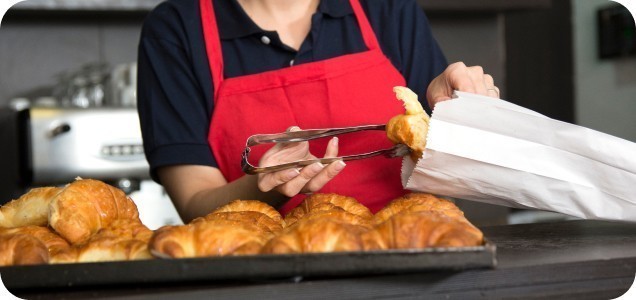
Research the Market:
Important Considerations
When researching your market, consider the following key points:
-
Demographics: Age, gender, income level, and lifestyle of your target market.
-
Location: The geographic area where you plan to open your bakery and the local competition.
-
Trends: Current trends in the bakery industry, such as health-conscious baking or artisan bread.
These points will guide you in gathering relevant information and making informed decisions.
Opening a Bakery Business Plan
A detailed business plan outlines your business goals, strategies, and financial projections, guiding your bakery’s development and attracting potential investors.

Components of a Business Plan
-
Executive Summary: Brief overview of your business idea and key objectives. This should include a mission statement, a brief description of the products you will offer, and your goals for the business.
-
Market Analysis: Detailed analysis of your target market and competitive landscape. This should include information about your target market demographics, an analysis of your competitors, and insights into market trends.
-
Marketing Strategy: Plans for attracting and retaining customers. Detail how you will promote your bakery, including advertising, social media, and promotions. Consider both online and offline marketing strategies.
-
Operational Plan: Daily operations, including staffing, production, and inventory management. Outline the day-to-day running of your bakery, including hours of operation, staffing requirements, and production schedules.
-
Financial Projections: Estimates of startup costs, revenue forecasts, and break-even analysis. Include detailed financial statements, such as income statements, cash flow projections, and balance sheets.

Create a Business Plan: Essential Factors
When creating your business plan, keep in mind these key points:
-
Unique Selling Proposition (USP): What makes your bakery different from others? It could be a unique product, superior customer service, or an excellent location.
-
Sales Strategy: How will you sell your products? Will you have an online store, delivery service, or wholesale accounts with local businesses?
-
Risk Analysis: Identify potential risks to your business and how you plan to mitigate them.
Considering these points will help you develop a robust and compelling business plan.
Choose a Business Structure
Choosing the right business entity is crucial for liability protection and tax benefits.

Types of Business Structures
There are several types of business structures to choose from:
-
Sole Proprietorship: Simple and easy to set up but offers no liability protection. This structure is often chosen by single-owner businesses and is straightforward to establish, but it doesn’t separate personal and business liabilities.
-
Partnership: Shared ownership and responsibilities, suitable for businesses with multiple owners. Partnerships can be general or limited, with varying degrees of liability and involvement in the business.
-
Limited Liability Company (LLC): Provides liability protection without the complexity of a corporation. An LLC combines the benefits of a corporation with those of a sole proprietorship or partnership, offering flexibility and protection.
-
Corporation: Offers strong liability protection but involves more regulatory requirements. Corporations are separate legal entities and provide the highest level of liability protection but come with more complex legal and tax requirements.
Choosing the right structure will depend on your specific needs and business goals.
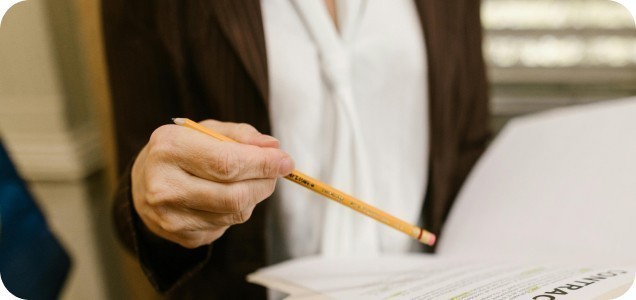
Choose a Business Structure: Crucial Aspects
-
Liability: The level of personal liability protection you need.
-
Taxes: How the business structure affects your taxes.
-
Investment: The ability to raise capital through investors.
Securing Funding
Exploring various funding options and learning how to estimate the startup costs involved in opening a bakery with no experience are essential steps to ensure you have the necessary financial resources.

Estimate Startup Costs
Detailing the initial expenses helps in budgeting effectively and securing necessary funds.

Common Startup Costs
To estimate opening a bakery cost, consider the following common expenses:
-
Equipment: Ovens, mixers, refrigerators, display cases. High-quality equipment is essential for producing consistent and high-quality baked goods. Consider both the initial cost and long-term maintenance.
-
Supplies: Baking ingredients, packaging materials. These include flour, sugar, eggs, and specialty ingredients, as well as packaging like boxes, bags, and labels.
-
Location: Lease or purchase costs, renovations. The cost will vary significantly based on the location and condition of the space. Budget for renovations to meet health and safety standards and create an inviting atmosphere.
-
Marketing: Website development, advertising, branding materials. A professional website and branding materials are crucial for establishing your presence and attracting customers.
In addition to these, you should also consider other potential expenses.

Additional Costs to Consider
When planning your budget, also account for:
-
Licenses and Permits: Required to operate legally.
-
Insurance: To protect your business from potential risks.
-
Utilities: Electricity, water, gas, and other utilities.
-
Payroll: Salaries for your employees.
Considering these additional costs will give you a more accurate picture of your financial needs.
Explore Funding Options
Various financing options are available to support your bakery’s launch.

Funding Options
To secure funding, explore the following options:
-
Personal Savings: Using your own funds to avoid debt. This is often the most straightforward option, but may not be feasible for all entrepreneurs.
-
Bank Loans: Traditional loans that require a solid business plan and credit history. Banks typically require detailed financial projections and collateral.
-
Grants: Non-repayable funds from government or private organizations. These are competitive and often require a detailed application process.
-
Investors: Equity financing from individuals or venture capitalists in exchange for ownership stakes. This can provide significant capital but requires sharing ownership and profits.
These options provide different benefits and challenges, so it's important to choose the one that best fits your needs.

Tips for Securing Funding
When seeking funding, keep in mind these tips:
-
Prepare a Solid Business Plan: Investors and lenders want to see a well-thought-out plan.
-
Build a Strong Credit History: A good credit score can improve your chances of securing a loan.
-
Consider Crowdfunding: Platforms like Kickstarter can help raise funds from numerous small investors.
Following these tips can improve your chances of securing the necessary funding for your bakery.
Finding the Right Location
Choosing the right location for your bakery is vital for attracting customers and driving sales. This section discusses the importance of foot traffic, evaluating space, and deciding between leasing and purchasing a property.

Consider Foot Traffic
A high-traffic location is crucial for attracting customers and driving sales.

Vital Details When Choosing a Location
When choosing a location, consider these factors:
-
Visibility: Ensure your bakery is easily visible to passersby. A prominent sign and an attractive storefront can draw in customers.
-
Accessibility: Convenient access for pedestrians and vehicles. Consider parking availability and proximity to public transportation.
-
Nearby Businesses: Proximity to complementary businesses like cafes or grocery stores. These can drive additional traffic to your bakery.
Selecting a location with these factors in mind will help maximize your customer base and sales potential.

Consider Foot Traffic: Major Highlights
Additional considerations include:
-
Foot Traffic Data: Use data from local business associations or commercial real estate agents to assess foot traffic.
-
Community Events: Locations near event venues can benefit from increased foot traffic during events.
Evaluating these points will help you choose a prime location for your new bakery opening.
Evaluate the Space
Assessing the space requirements ensures efficient operations and a pleasant customer experience.

Space Requirements
To evaluate the space, consider the following requirements:
-
Kitchen Area: Sufficient space for baking, storage, and cleaning. Ensure there is enough room for all necessary equipment and that the layout facilitates a smooth workflow.
-
Seating Area: Comfortable seating for customers, if applicable. Consider the number of tables and chairs, and the arrangement to create a welcoming atmosphere.
-
Storage: Adequate space for storing ingredients and supplies. Both dry and refrigerated storage areas are essential for keeping ingredients fresh and organized.
These requirements will ensure that your bakery operates smoothly and provides a pleasant experience for customers.

Evaluate the Space: Key Takeaways
When evaluating the space, also consider:
-
Ambiance: The overall feel of the space should reflect your brand and create a pleasant environment for customers.
-
Utilities: Ensure the space has the necessary utility hookups and meets health and safety regulations.
-
Expansion: Consider whether the space allows for future growth or expansion.
Taking these factors into account will help you choose a suitable and scalable space for your bakery.
Lease vs. Purchase
Weighing the pros and cons of leasing versus buying a property helps in making the best financial decision.
Lease vs. Purchase
Weighing the pros and cons of leasing versus buying a property helps in making the best financial decision.
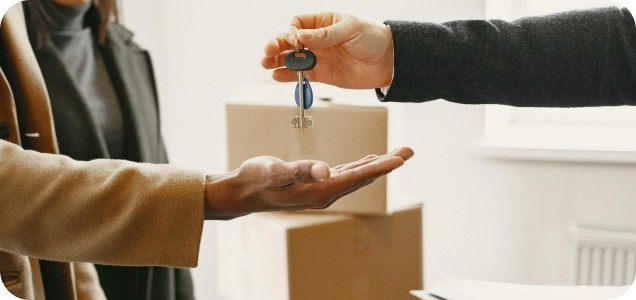
Lease vs. Purchase: Pros and Cons
To decide between leasing and purchasing, consider the following:
-
Leasing: Lower upfront costs and flexibility but no equity buildup. Leasing can be a good option if you want to test the market or if you need flexibility to move or expand later.
-
Buying: Higher initial investment but potential property appreciation and stability. Owning the property can be a good long-term investment and provides stability, but it requires significant capital and maintenance responsibilities.
Both options have their advantages and disadvantages, so it's important to choose the one that aligns with your business goals.

Lease vs. Purchase: Main Considerations
When deciding between leasing and purchasing, consider these points:
-
Lease Terms: Understand the lease agreement, including rent increases, maintenance responsibilities, and renewal options.
-
Purchase Costs: Include the down payment, mortgage payments, property taxes, insurance, and maintenance costs.
-
Future Plans: Consider your long-term business goals and whether you plan to expand or move in the future.
Evaluating these factors will help you make an informed decision about the best option for your bakery.
Purchasing Equipment and Supplies
Identifying the essential baking equipment and reliable suppliers needed to open a bakery business efficiently is crucial.

Baking Equipment
Identifying key pieces of equipment is essential for day-to-day operations.

Essential Equipment
To equip your bakery, consider the following essential items:
-
Ovens: Convection ovens, deck ovens, or commercial microwave ovens. Choose the type of oven that best suits your baking needs.
-
Mixers: Planetary mixers, spiral mixers. Different types of mixers are suitable for different kinds of dough and batters.
-
Refrigeration: Commercial refrigerators, freezers. Ensure you have enough storage space for perishable ingredients.
-
Display Cases: For showcasing baked goods. Attractive display cases can entice customers and increase sales.
-
Small Appliances and Tools: Mixers, scales, measuring cups, and pans. These tools are essential for daily baking operations.
These items are fundamental for starting a bakery business efficiently and producing high-quality products.
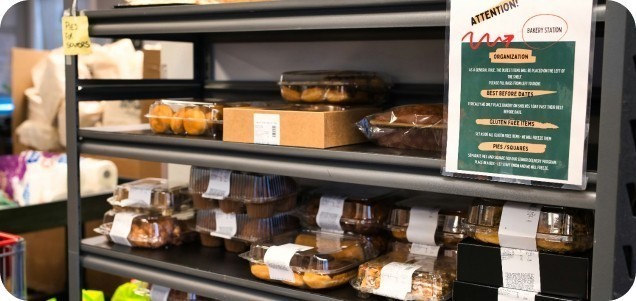
Additional Equipment to Consider
In addition to the essentials, consider the following equipment:
-
Proofing Cabinets: For controlling the temperature and humidity during dough rising.
-
Dishwashers: Commercial-grade dishwashers to maintain cleanliness and comply with health regulations.
-
Packaging Machines: For efficiently packaging products for sale.
Including these additional items will further enhance your bakery's operations and efficiency.
Sourcing Ingredients
Establishing relationships with reliable suppliers ensures high-quality ingredients for your baked goods.
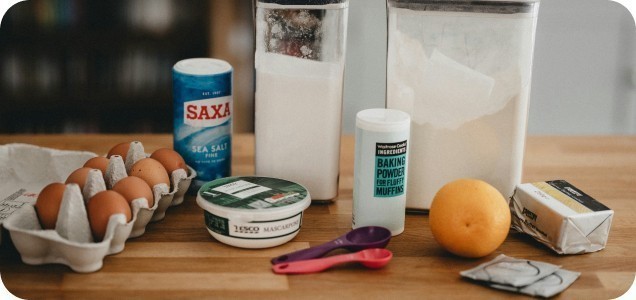
Tips for Sourcing Ingredients
When sourcing ingredients, consider the following tips:
-
Quality: Choose suppliers known for high-quality products. The quality of your ingredients directly affects the taste and quality of your baked goods.
-
Cost: Compare prices from different suppliers. Balance cost with quality to ensure you get the best value.
-
Reliability: Ensure timely and consistent delivery. Reliable suppliers help maintain your production schedule and avoid shortages.
These tips will help you secure high-quality ingredients at a reasonable cost.
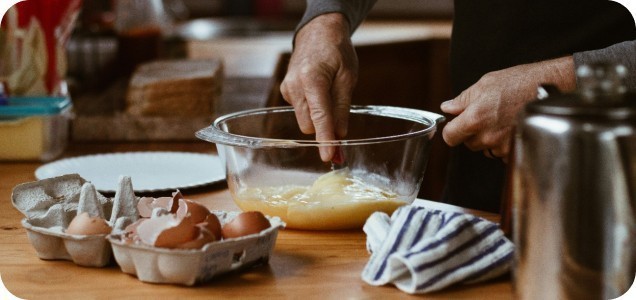
Sourcing Ingredients: Important Factors
When sourcing ingredients, keep in mind these points:
-
Local Suppliers: Sourcing locally can reduce transportation costs and support local businesses.
-
Bulk Purchasing: Buying in bulk can reduce costs, but ensure you have adequate storage space.
-
Specialty Ingredients: For unique or high-demand items, ensure you have reliable sources.
Considering these points will help you establish a reliable and cost-effective supply chain for your bakery.
Designing Your Bakery
Creating an inviting and functional space for your bakery by focusing on layout, flow, and interior design is important for both customers and staff.

Layout and Flow
Optimizing your kitchen layout for efficiency ensures a smooth workflow.

Layout Tips
To optimize your layout, follow these tips:
-
Work Zones: Designate specific areas for preparation, baking, and cleaning. This helps streamline operations and reduce cross-contamination.
-
Equipment Placement: Position equipment for easy access and minimal movement. Consider the flow of ingredients from storage to preparation to baking and finally to display or packaging.
-
Safety: Ensure compliance with health and safety regulations. This includes proper ventilation, fire safety measures, and accessible emergency exits.
Implementing these tips will create an efficient and safe work environment.

Layout and Flow: Key Elements
When designing your layout, consider the following:
-
Ergonomics: Design the workspace to reduce strain on workers and improve efficiency.
-
Flexibility: Create a layout that can adapt to changes in menu or production volume.
-
Cleanliness: Ensure the design facilitates easy cleaning and maintenance.
These considerations will help you create a functional and adaptable workspace.
Interior Design
Creating an attractive and comfortable atmosphere encourages customers to visit and stay.

Design Elements
To enhance your bakery's interior design, focus on these elements:
-
Color Scheme: Choose colors that reflect your brand and create a welcoming environment. Light and warm colors can make the space feel inviting and comfortable.
-
Furniture: Select comfortable and durable seating. Consider a mix of seating options, including tables, booths, and bar seating.
-
Lighting: Use a combination of natural and artificial lighting to enhance the ambiance. Good lighting can highlight your products and create a pleasant dining experience.
These elements will help create an inviting and comfortable space for your customers.

Additional Design Considerations
When designing your bakery, also consider:
-
Decor: Use decor elements that reflect your brand and create a cohesive look.
-
Music: Background music can enhance the customer experience.
-
Seasonal Decor: Update your decor seasonally to keep the space fresh and relevant.
Including these considerations will ensure your bakery remains attractive and engaging throughout the year.
Hiring and Training Staff
Recruiting skilled employees and implementing effective training programs are essential for ensuring high-quality service and products.

Recruitment Strategies
Finding the best candidates when opening a bakery cafe involves targeted recruitment techniques.
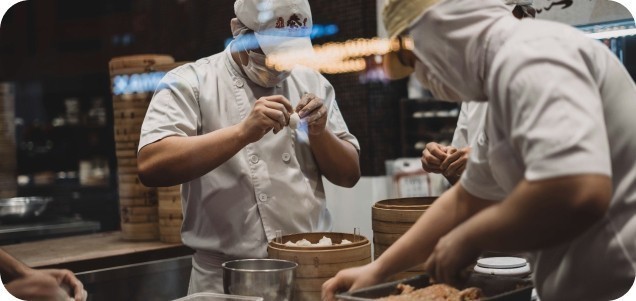
Recruitment Tips
To recruit effectively, follow these tips:
-
Job Descriptions: Clearly define roles and responsibilities. Detailed job descriptions help attract the right candidates and set clear expectations.
-
Advertising: Use job boards, social media, and local ads to reach potential candidates. Consider using niche job boards specific to the food and hospitality industry.
-
Interviews: Conduct thorough interviews to assess skills and fit. Use practical assessments or trial shifts to evaluate candidates' baking skills and teamwork.
Implementing these tips will help you find and hire the best staff for your bakery.

Recruitment Strategies: Central Points
When recruiting, keep in mind these points:
-
Employee Benefits: Offering competitive wages and benefits can attract high-quality candidates.
-
Work Culture: Foster a positive and inclusive work environment to retain employees.
-
Training Programs: Develop ongoing training and development opportunities to keep your staff motivated and skilled.
Considering these points will help you build a strong and dedicated team.
Training Programs
Developing comprehensive training programs helps staff excel in their roles and maintain consistency in products and services.

Training Focus Areas
To create effective training programs, focus on these areas:
-
Baking Techniques: Teach specific baking methods and recipes. Ensure all staff are trained to produce consistent and high-quality products.
-
Customer Service: Train staff to provide excellent customer service. This includes handling customer inquiries, managing complaints, and ensuring a pleasant shopping experience.
-
Health and Safety: Ensure staff are knowledgeable about hygiene and safety protocols. Regularly update training to comply with the latest health and safety regulations.
These focus areas will ensure your staff are well-prepared and skilled in their roles.

Training Programs: Chief Considerations
When developing training programs, consider these points:
-
Standard Operating Procedures (SOPs): .Develop SOPs for all aspects of bakery operations to ensure consistency.
-
On-the-Job Training: Provide hands-on training and mentoring for new employees.
-
Performance Reviews: Conduct regular performance reviews to provide feedback and identify areas for improvement.
Including these considerations will help maintain high standards and continuous improvement.
Setting Up Your Business Operations
Establishing efficient business operations, including inventory management, point-of-sale systems, and compliance with regulations, is one of the critical steps to opening a bakery.

Inventory Management
Tracking your supplies and ingredients prevents shortages and ensures you always have what you need.

Inventory Tips
To manage your inventory effectively, follow these tips:
-
Stock Levels: Maintain optimal stock levels to avoid overstocking or running out. Use inventory management software to track usage and reorder automatically.
-
Reordering: Set up automatic reorder points for key ingredients. This ensures you never run out of essential supplies.
-
POS System For Bakery: Use ME-POS to streamline inventory management and keep real-time track of stock. ME-POS can automate ordering, track inventory across multiple locations, and provide detailed usage reports.
These tips will help you manage your inventory efficiently and avoid shortages or overstocking.

Inventory Management: Essential Points
When managing inventory, consider the following:
-
Inventory Audits: Conduct regular inventory audits to ensure accuracy.
-
Supplier Relationships: Build strong relationships with suppliers to ensure timely delivery and negotiate better terms.
-
Waste Management: Implement practices to minimize waste and maximize profitability.
Considering these points will help you maintain an efficient and cost-effective inventory system.
Point of Sale Systems
Implementing ME-POS automates sales, manages inventory, and streamlines transactions for better efficiency and customer satisfaction.

Benefits of ME-POS
To improve your sales operations, consider the benefits of ME-POS:
-
Sales Automation: Simplifies the checkout process and reduces errors. ME-POS can handle multiple payment methods and provide detailed sales reports.
-
Customer Interaction: Enhances customer experience with features like loyalty programs and appointment scheduling. ME-POS can store customer preferences, purchase history, and contact information to personalize service.
These benefits make ME-POS a valuable tool for managing your bakery's sales and inventory operations.

Point of Sale Systems: Major Points
When implementing a point-of-sale system, consider these points:
-
Ease of Use: Choose a system that is user-friendly for both staff and customers.
-
Scalability: Ensure the system can grow with your business.
-
Support and Maintenance: Consider the level of support and maintenance provided by the vendor.
Evaluating these points will help you choose the best POS system for your bakery.
Compliance and Licensing
Ensuring your bakery meets all health, safety, and licensing requirements is essential for legal and safe operation.
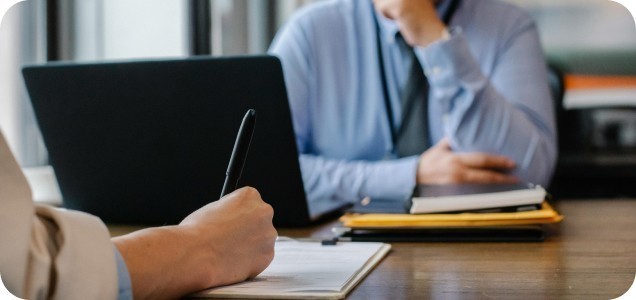
Compliance Steps
To comply with regulations, follow these steps:



Following these steps will ensure your bakery operates legally and safely.
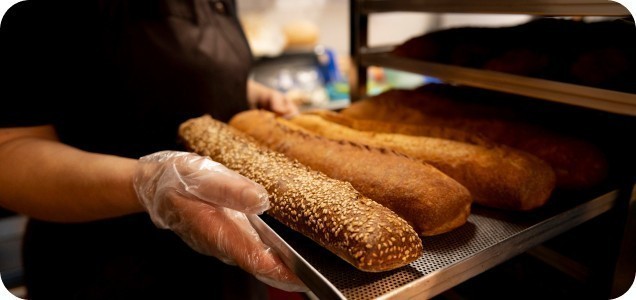
Compliance and Licensing: Notable Elements
When ensuring compliance, keep in mind these points:
-
Training: Ensure all staff are trained on health and safety standards.
-
Documentation: Keep thorough records of all compliance-related documentation.
-
Inspections: Be prepared for regular health and safety inspections.
Considering these points will help you maintain compliance and avoid legal issues.
Marketing Your Bakery
Developing a marketing strategy to build your bakery’s brand, attract customers, and encourage repeat business is essential for growth.

Online Presence
Building a strong online presence through a professional website and active social media profiles is crucial.

Online Marketing Tips
To establish a strong online presence, follow these tips:
-
Website: Create a user-friendly website with information about your bakery, menu, and contact details. Include an online ordering system if possible.
-
Social Media: Engage with customers on platforms like Facebook, Instagram, and Twitter. Post regularly and interact with followers to build a community.
-
SEO: Optimize your website for search engines to attract more visitors. Use keywords relevant to your business and location.
These tips will help you build a robust online presence and attract more customers.
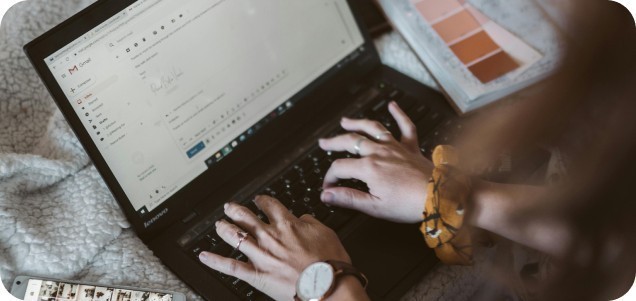
Online Presence: Significant Considerations
When marketing online, consider the following:
-
Content Marketing: Create valuable content such as blog posts, recipes, and baking tips to attract and engage your audience.
-
Email Marketing: Build an email list and send regular newsletters with updates, promotions, and news.
-
Online Reviews: Encourage satisfied customers to leave positive reviews on platforms like Google, Yelp, and TripAdvisor.
Considering these points will help you develop a comprehensive online marketing strategy.
Local Marketing
Engaging with your community through local advertising and events builds a loyal customer base.
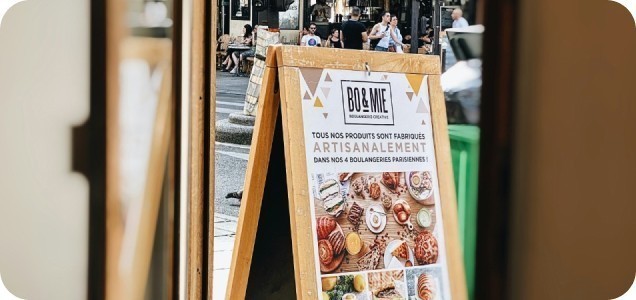
Local Marketing Strategies
To effectively market locally, consider these strategies:
-
Local Ads: Advertise in local newspapers, magazines, and online directories. Consider radio and local TV ads as well.
-
Events: Participate in or sponsor local events and fairs. This increases your visibility and builds goodwill in the community.
-
Partnerships: Collaborate with local businesses for cross-promotions. Partnering with nearby cafes, restaurants, or grocery stores can drive traffic to your bakery.
These strategies will help you engage with your local community and build a loyal customer base.

Local Marketing: Principal Elements
When planning local marketing efforts, consider these points:
-
Community Involvement: Join local business associations and participate in community activities.
-
Promotions: Offer special promotions, discounts, or loyalty programs to attract and retain customers.
-
Customer Feedback: Collect and act on customer feedback to improve your products and services.
Considering these points will help you develop effective local marketing campaigns.
Customer Loyalty Programs
Creating loyalty programs rewards repeat customers and encourages continued patronage.
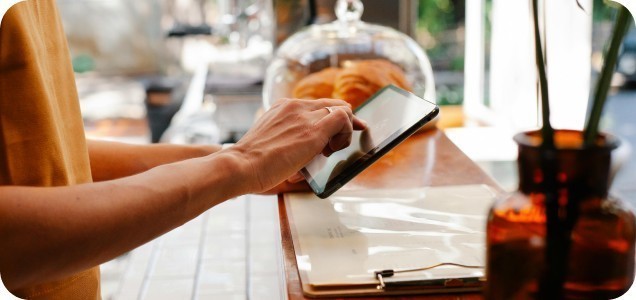
Loyalty Program Ideas
To design effective loyalty programs, consider these ideas:
-
Point Systems: Offer points for each purchase that can be redeemed for discounts or free items. This encourages customers to return and accumulate points.
-
Membership Programs: Provide exclusive benefits to members, such as early access to new products or special discounts. Membership programs can create a sense of belonging and exclusivity.
-
Referral Bonuses: Reward customers for referring new customers to your bakery. Word-of-mouth referrals are powerful marketing tools.
These ideas will help you create loyalty programs that encourage repeat business and customer referrals.

Customer Loyalty Programs:
Important Highlights
When creating loyalty programs, keep in mind these points:
-
Program Design: Ensure the program is easy to understand and use.
-
Rewards: Offer meaningful rewards that encourage repeat business.
-
Tracking: Use software to track customer purchases and reward points.
Considering these points will help you design effective and engaging loyalty programs.
Launching Your Bakery
Planning the new bakery, including a soft opening and a grand opening event, is the final step to getting your business off the ground.

Soft Opening
Conducting a trial run helps identify and resolve any operational issues before the official opening.

Soft Opening Tips
To plan a successful soft opening, follow these tips:
-
Invite-Only Event: Start with a limited guest list to manage crowd control. This can include friends, family, and a few loyal customers.
-
Feedback: Encourage guests to provide feedback on their experience. Use this feedback to make necessary adjustments.
-
Adjustments: Make necessary adjustments based on feedback before the grand opening. This can include changes to the menu, service, or layout.
These tips will help you conduct a successful soft opening and address any issues before the grand opening.

Soft Opening: Top Considerations
When planning to open a bakery softly, consider these points:
-
Training: Use the soft opening to train staff and refine operations.
-
Marketing: Build anticipation for the grand opening through social media and local marketing.
-
Evaluation: Evaluate the soft opening's success and identify areas for improvement.
Considering these points will help you make the most of your soft opening and ensure a smooth grand opening.
Grand Opening Event
Promoting and planning a grand opening event attracts customers and generates buzz for your bakery.

Grand Opening Ideas
To plan a successful grand opening, consider these ideas:
-
Promotions: Offer special deals or discounts on opening day. Consider giving away free samples or holding a contest.
-
Advertising: Promote the event through local media, social media, and email newsletters. Use eye-catching graphics and engaging content to attract attention.
-
Activities: Organize fun activities like live music, baking demonstrations, or giveaways. Activities can create a festive atmosphere and draw in crowds.
These ideas will help you attract customers and generate excitement for your bakery's grand opening.

Grand Opening Event: Primary Considerations
When planning a grand opening event, consider these points:
-
Timing: Choose a date and time that maximizes attendance.
-
Staffing: Ensure you have enough staff to handle the expected crowd.
-
Follow-Up: Follow up with attendees after the event to thank them and encourage repeat visits.
Considering these points will help you plan a successful and memorable grand opening.

Conclusion
Opening your own bakery business involves careful planning, securing funding, choosing the right location, purchasing equipment, designing the space, hiring and training staff, setting up operations, marketing, and finally launching. By following these things needed to open a bakery and utilizing tools like ME-POS for business automation, you can ensure a successful start to your bakery venture.
Opening up a bakery shop with confidence, knowing you have a comprehensive plan to guide you through each stage of the process, is crucial. With dedication, creativity, and a passion for baking, your bakery can become a beloved local institution.
View more
Related Articles
View more

































